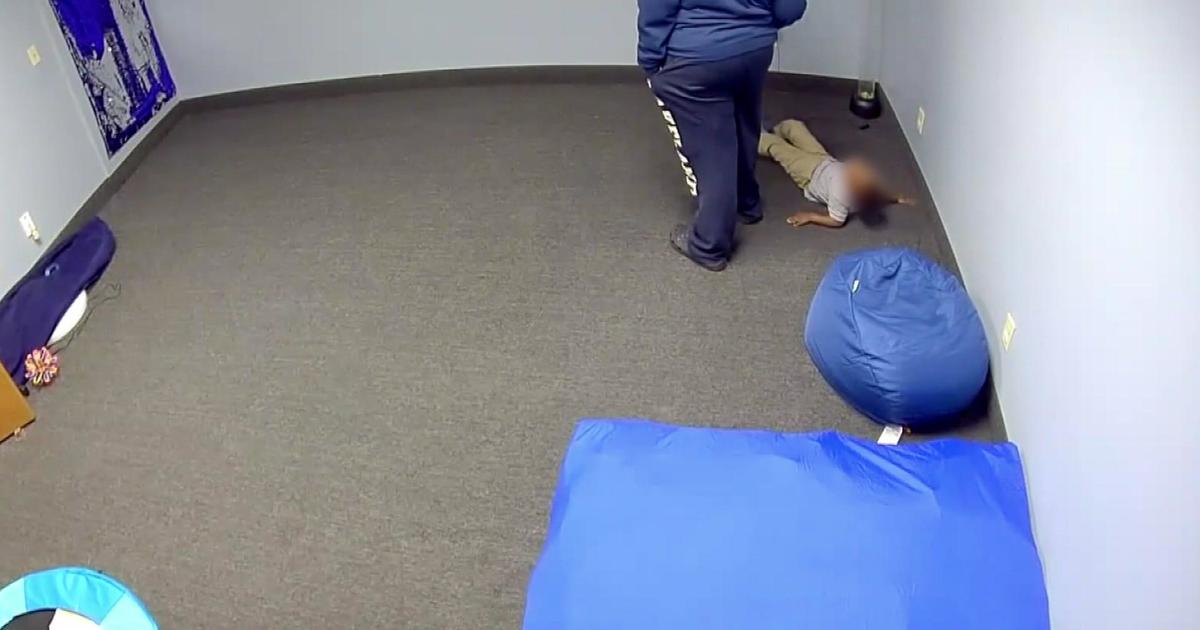Lake Shamineau Residents Have Reason To Fear More Rainfall
MOTLEY, Minn. (WCCO) -- Mother nature is giving the term lake home a new meaning. That becomes clear for anyone visiting Morrison County's Lake Shamineau. It keeps swallowing properties and shows no sign of stopping.
"In 1970 we had all sorts of sand out here," explains lake resident, Bob Koll.
Now, it's ribbons of sandbags protecting Bob and Sheryl Koll's Lake Shamineau home. Over the past decade, they have witnessed shoreline disappear as lake levels keep rising.
"Fifty feet out it was a sand beach and the water was seven feet lower, the surface was seven feet lower than it is now," explains Bob.
The simple explanation is this lake is landlocked and without any natural outlet for drainage. So with Minnesota's record rains and runoff the Central Minnesota lake keeps filling up like an overflowing bathtub.
Roads ringing the lake are underwater in multiple places with survey sticks lining the edges to keep traffic on pavement. Beaches and lawns have all but disappeared.
Along the south shore, dozens of cabins are surrounded by waves lapping at doorsteps – water is just inches from the main floors.
So a desperate Lake Shamineau Lake Improvement District and Morrison County officials are working with an engineering firm. They are devising a plan to pump massive amounts of water out of the lake and into a nearby gravel pit.
"We figure it will take about three years to get the water down to about where we want it to be," explains Bob Koll.
Still, the plan will need easements to be approved to allow for drainage ditches and pipes. The state Department of Natural Resources will have to permit the additional pumping.
Meantime, there are more immediate fears beyond the lake's rising waters.
"I'm also concerned for the people on the other side of the lake that we can't get emergency vehicles into their homes, including a couple of permanent residents there," says Cheryl Koll.
The pumping plan would cost an estimated two-point-two million dollars. Property owners would be assessed costs minus any state grants to pay for the project. It is estimated the average parcel would pay about $632 annually over a 12-year period.
If everything is approved on time the earliest pumping could begin would be the fall of 2020.
So with every additional rainfall, anxiety and lake levels will continue to rise.



